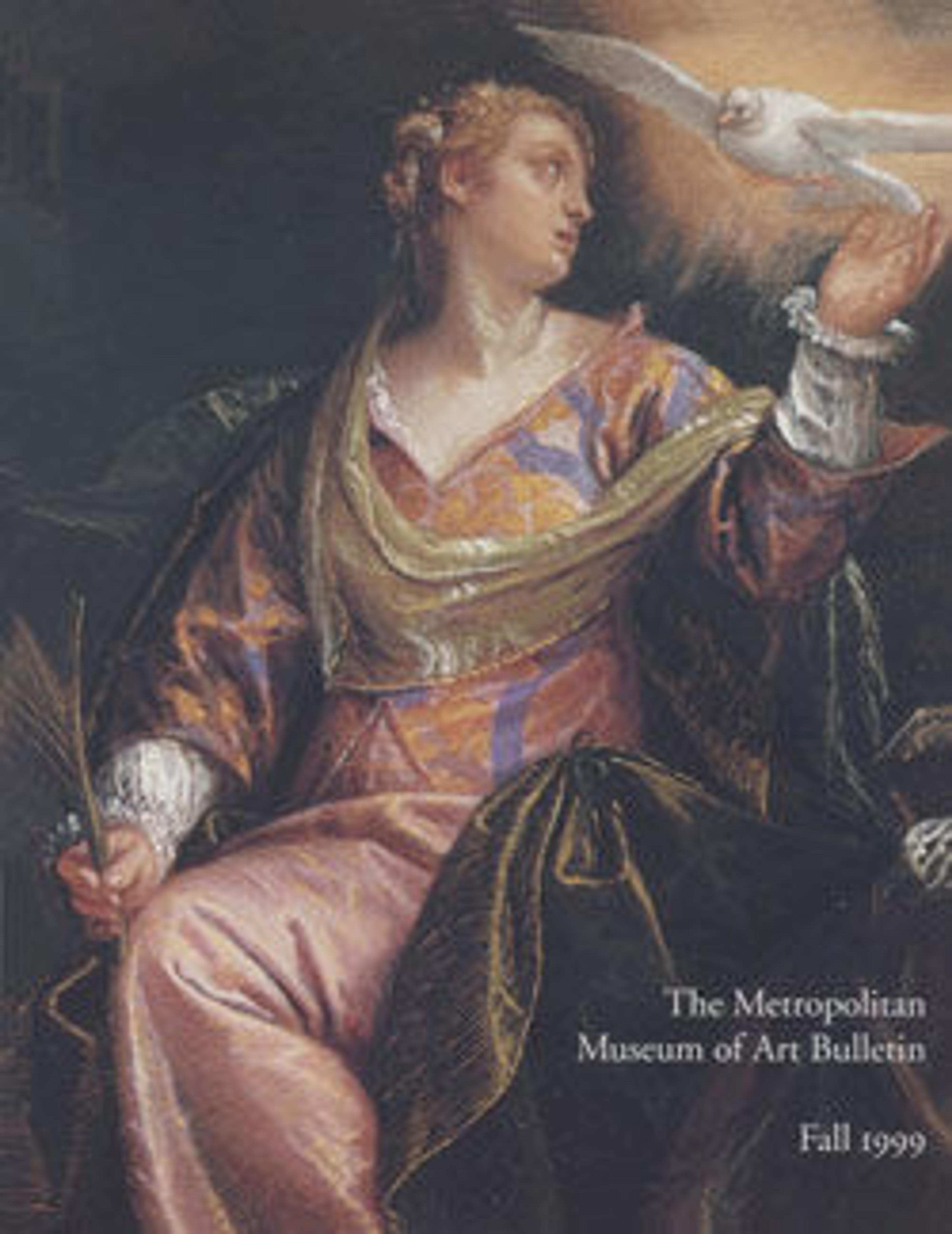Bacchanal
Although he spent most of his career in Rome, Poussin was considered the greatest living French artist, and his work was avidly sought by influential French collectors. This sparkling study can be related to the Triumph of Pan (National Gallery, London) executed for Cardinal Richelieu, the French minister of state, along with a pendant depicting the Triumph of Bacchus (Nelson-Atkins Museum of Art, Kansas City). While the finished painting depicts a scene of sensual abandon, the drawn studies reveal Poussin's cerebral process of composition, in which individual figures are treated as formal elements of a tightly knit composition based on classical ideals of beauty. Here, broad, abstracted areas of wash are used to explore the volume and spatial relations of the complex figural group that can be seen, in reversed direction, at the left side of the painting. At least four other studies for the painting survive—two at Windsor Castle, England, and two at Bayonne, France—suggesting the care with which Poussin prepared this important commission.
Artwork Details
- Title: Bacchanal
- Artist: Nicolas Poussin (French, Les Andelys 1594–1665 Rome)
- Date: ca. 1635–36
- Medium: Pen and brown ink, brush and brown wash, over faint black chalk
- Dimensions: 5 1/4 x 8 1/8 in. (13.3 x 20.6 cm.)
- Classification: Drawings
- Credit Line: Purchase, David T. Schiff Gift, 1998
- Object Number: 1998.225
- Curatorial Department: Drawings and Prints
More Artwork
Research Resources
The Met provides unparalleled resources for research and welcomes an international community of students and scholars. The Met's Open Access API is where creators and researchers can connect to the The Met collection. Open Access data and public domain images are available for unrestricted commercial and noncommercial use without permission or fee.
To request images under copyright and other restrictions, please use this Image Request form.
Feedback
We continue to research and examine historical and cultural context for objects in The Met collection. If you have comments or questions about this object record, please complete and submit this form. The Museum looks forward to receiving your comments.
